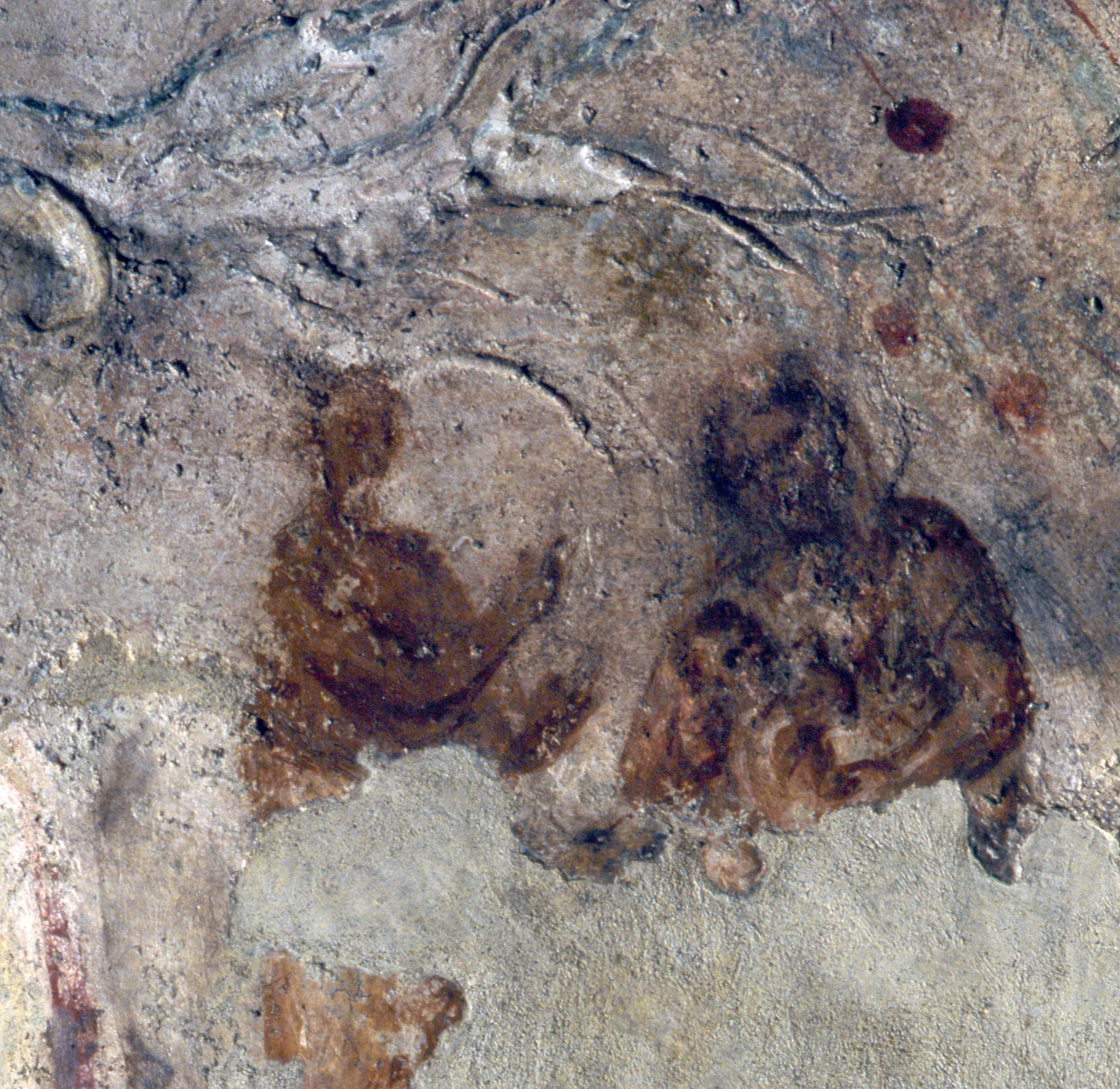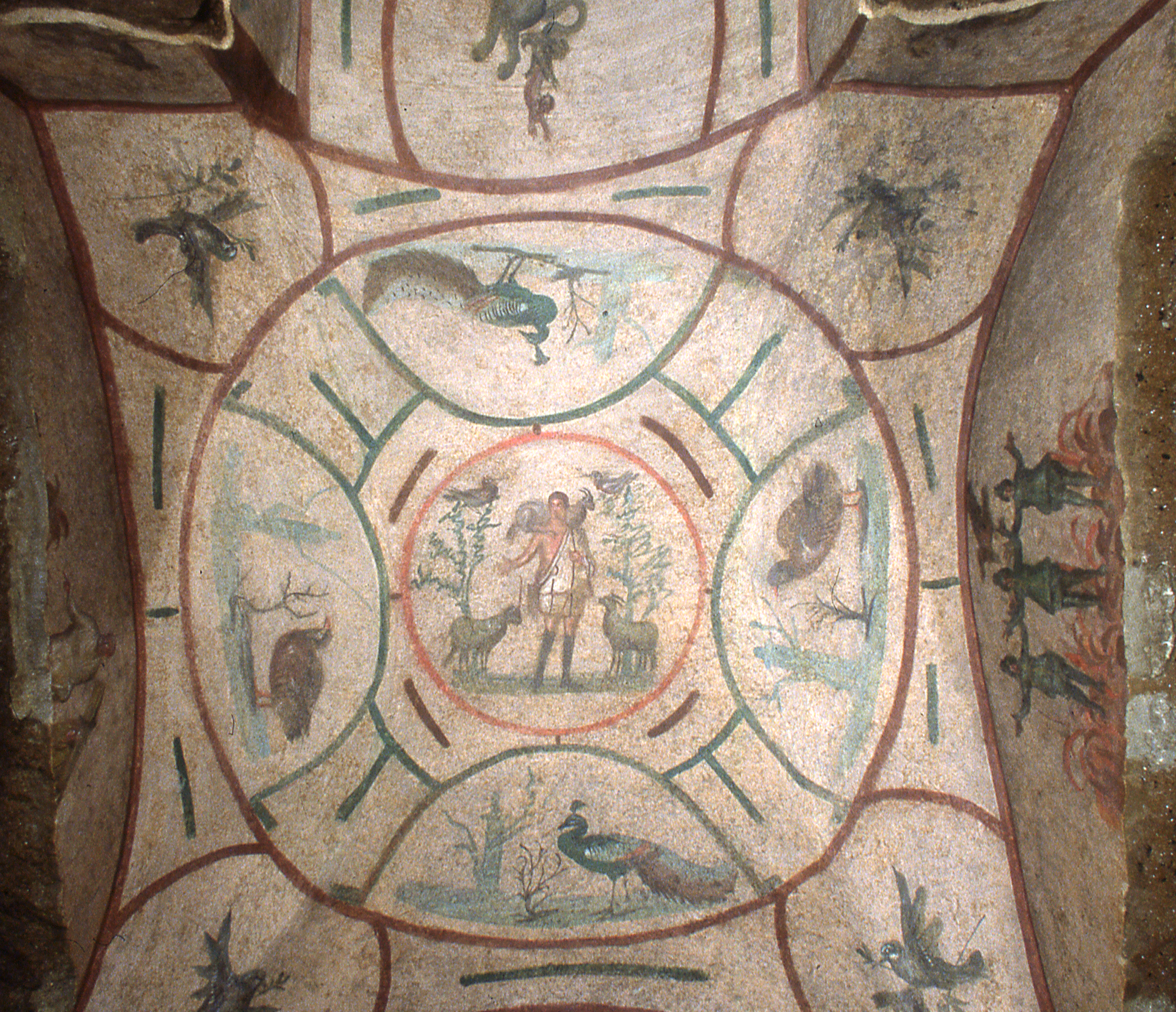The catacombs are underground areas that were born between the end of the second and the beginning of the third century AD, used for the burial and funeral commemoration of the members of the Christian community.
These burial grounds were dug mainly in the tuff as well as in other types of soil characterized by ease of processing and great resistance, such as to guarantee the creation of complex systems of tunnels and cubicles structured on different floors. Some of these rooms are richly decorated, others have housed the tombs of the martyrs who during the Middle Ages attracted the devotion of numerous pilgrims.
Located on Via Salaria, the catacomb is spread over two floors and probably takes its name from a Priscilla of the Acili senatorial family, whose name occurs in one of the inscriptions of the hypogeum of the Acili on the first floor.
Its origin is different from that of the other catacombs as initially the place was an arenarium, then abandoned.
Christians began to use the large and irregular galleries that make up the first floor of the catacomb towards the beginning of the third century, building around twenty niche tombs and digging hundreds of niches in the walls.
In an adjacent area there is the cryptoporticus with the Greek Chapel and a large underground environment, born as a noble family burial ground and then connected to the catacomb.
Among the martyrs buried in Priscilla we remember the brothers Felice and Filippo, who were martyred, probably under Diocletian, together with their mother St. Felicita and the other five brothers Alessandro, Marziale, Vitale, Silano and Gennaro.
Numerous popes were also buried in Priscilla: Marcellino (296-304), Marcello (308-309), Silvestro (314-335), Liberius (352-366), Siricius (384-399), Celestino (422-432) and Vigilius (537-555).
In the hypogeum of the Acili, originally a cistern of water, the inscriptions of the Acili have been found and exhibited. Inside Villa Ada there is the Basilica built by Pope St. Silvestro in correspondence with the tomb of Felice and Filippo. In an area near the basilica a Museum has been set up which collects hundreds of fragments of sarcophagi found during the excavations in the area of the catacomb.
Full tickets € 12,00 (Ticket € 10,00 + Booking fee € 2,00)
Reduced tickets € 9,00 (Ticket € 7,00 + Booking fee € 2,00)
*Free tickets
Languages available for guided tours: Italian, English, Spanish, French, German, Slovak and Russian.
For others entrance times, languages and available days please write to info@omniavaticanrome.org
PRISCILLA
Address: Via Salaria, 430
For all lines, get off at the Piazza Crati stop

Our commitment is to offer pilgrims and visitors, through the catacombs, an experience of communion with the testimonies of the first Christian communities, which tell and illustrate, in an extremely suggestive way, the roots of faith and the horizon of Christian hope.
Mons. Pasquale Iacobone
President of the Pontifical Commission for Sacred Archaeology

In the vault of an Arenario gallery, next to a stucco Good Shepherd, the oldest representation (early 3rd century) of the Virgin and Child and the prophet Balaam pointing to the star appears. The Velata cubicle also opens in the central Arenario.
The three important moments in the life of the deceased are represented in the lunette on the back wall: marriage, motherhood and faith.
Worthy of note is the so-called "Greek Chapel", datable to the advanced third century: the chapel consists of a rectangular room interrupted in the middle by an arch that divides it into two bays, the second of which has the walls opened by three large niches in one of which are traced inscriptions in Greek, which give the name to the environment. The decoration, datable to the second half of the third century, consists of ornamental frescoes and biblical subjects that cover the vault and the upper part of the walls.
The Basilica built by Pope Sylvester (314-335), in addition to hosting his tomb and that of his other successors, monumentalizes the burial of the martyrs Felice and Filippo.
In the building leaning against the basilica, you can visit a museum dedicated to the sculptures found during the excavations of the complex.
hide